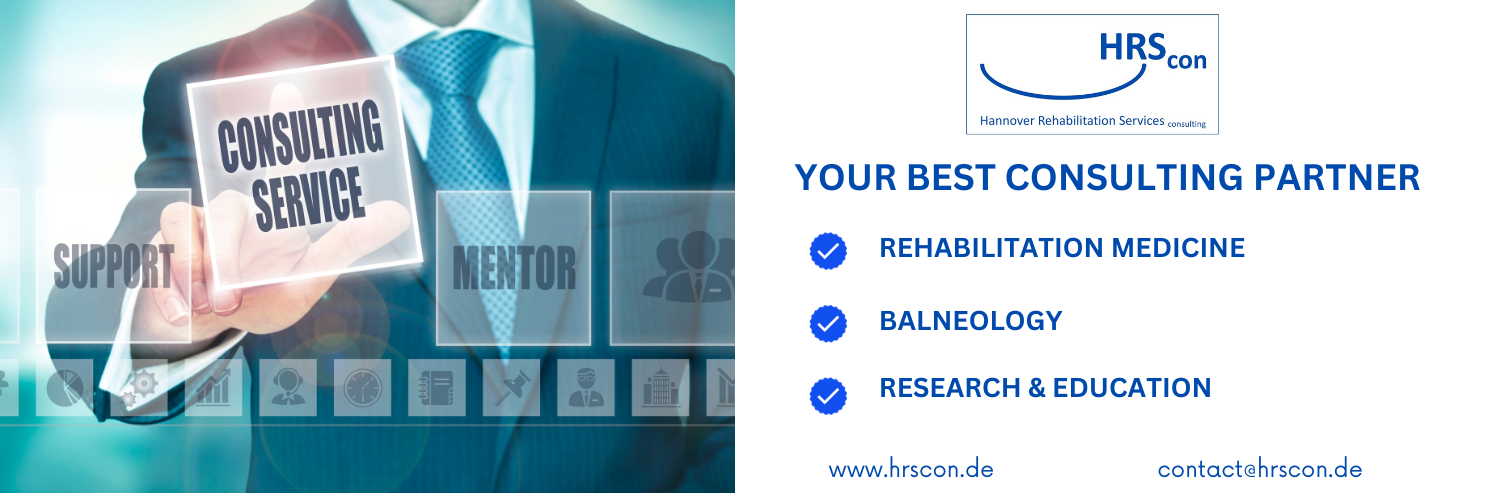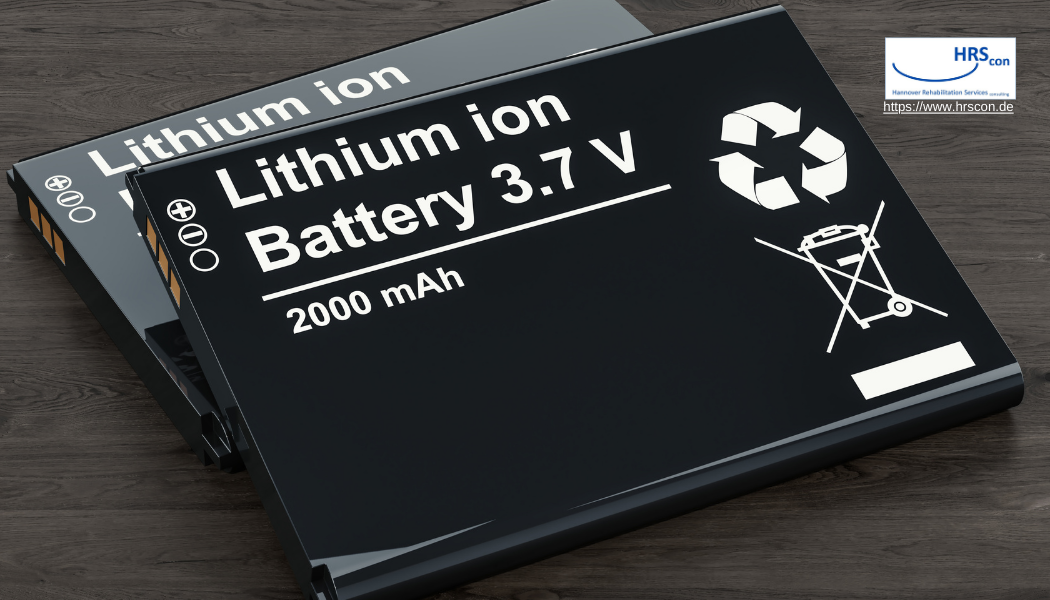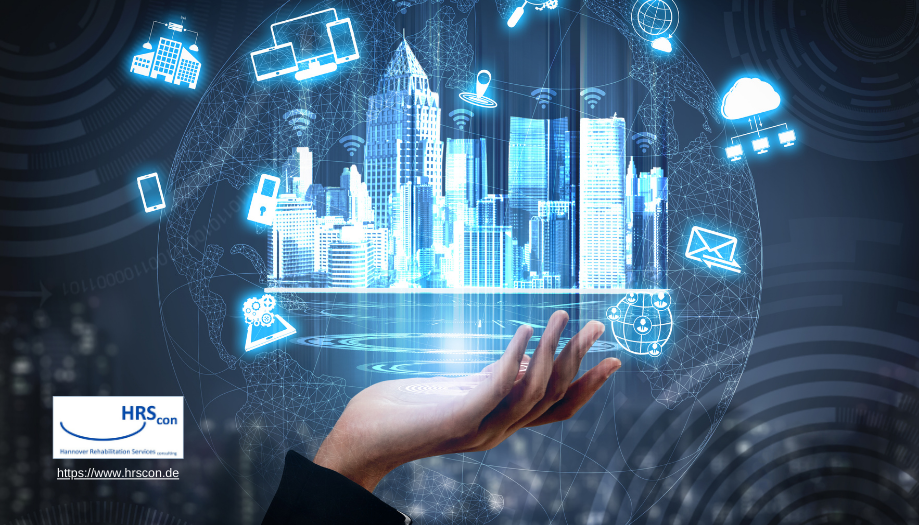Introduction
Lithium-ion batteries (LIBs) power the world’s smartphones, laptops, and electric vehicles (EVs). But with great utility comes great responsibility. Improper disposal of these batteries poses severe environmental and health risks. The global shift toward renewable energy and technological advancements demands efficient recycling solutions for LIBs. This article delves into the challenges, solutions, and future of LIB recycling, making complex scientific discussions accessible to everyone. This article is based on article published in Membranes.
Why Recycling LIBs Matters
Growing Demand for Lithium
- Lithium is a critical element in LIBs, prized for its lightweight and high energy density.
- Global lithium reserves stand at 21 million tons, but demand is skyrocketing, projected to increase by 90% in the next 20 years.
Environmental and Health Implications
- Lithium extraction is energy-intensive, emitting 15 tons of CO2 per ton of lithium.
- Improperly discarded LIBs leak hazardous substances, contaminating soil, water, and air, affecting ecosystems and human health.
Challenges in Recycling Lithium-Ion Batteries
| Issue | Details |
|---|---|
| Environmental Impact | High carbon emissions during lithium extraction and recycling. |
| Health Risks | Lithium exposure can cause kidney issues, respiratory problems, and even neurological damage. |
| Economic Constraints | Current recycling processes are costly and inefficient. |
Innovative Recycling Technologies
1. Hydrometallurgical Process
- How it works: Uses chemical solutions to extract valuable metals.
- Pros: Environmentally friendly and versatile.
- Cons: Expensive reagents increase costs.
2. Pyrometallurgical Process
- How it works: High-temperature furnaces recover metals like cobalt and nickel.
- Pros: Simplifies processing.
- Cons: Inefficient in recovering lithium and increases CO2 emissions.
3. Biometallurgical Process
- How it works: Bacteria and microorganisms extract metals.
- Pros: Low energy requirements and eco-friendly.
- Cons: Long processing times and low recovery yields.
Membrane Technologies: A Game-Changer?
Membrane-based processes offer a promising future for LIB recycling. Here’s a breakdown:
| Type of Membrane | Application | Advantages |
|---|---|---|
| Nanofiltration | Separates lithium from brine or waste solutions. | High efficiency and low energy use. |
| Electromembrane Systems | Utilizes electric fields for selective lithium recovery. | Eco-friendly and scalable. |
| Bipolar Membranes | Generates lithium hydroxide from brines. | Produces high-purity outputs. |
Economic and Regulatory Perspectives
Circular Economy
- Reuse and Recycling: Aligning LIB waste management with a circular economy reduces dependency on raw materials and mitigates environmental harm.
- Economic Impact: Recycling LIBs could save $50 to $480 per battery pack, depending on the reuse approach.
Global Regulations
- The European Commission has implemented stringent guidelines, mandating recycling targets and carbon footprint disclosures for LIBs.
The Way Forward
Research Directions
- Multi-Cycle Membrane Technologies: Enhancing ion differentiation for scalable recycling.
- Green Energy Integration: Reducing the carbon footprint of recycling processes.
- Advanced Membranes: Using materials like 2D nanomaterials for superior selectivity.
Consumer Role
- Proper disposal of used batteries is crucial. Look for local recycling programs to ensure responsible handling of LIB waste.
Final Thoughts
The future of LIB recycling is bright, with innovations in membrane processes leading the way. However, bridging the gap between research and large-scale industrial application is vital. As consumers and stakeholders in this technological age, our collective responsibility is to champion sustainable practices that benefit both humanity and the planet.
For a more detailed breakdown of the scientific processes and statistics, check the comprehensive studies behind this article.




